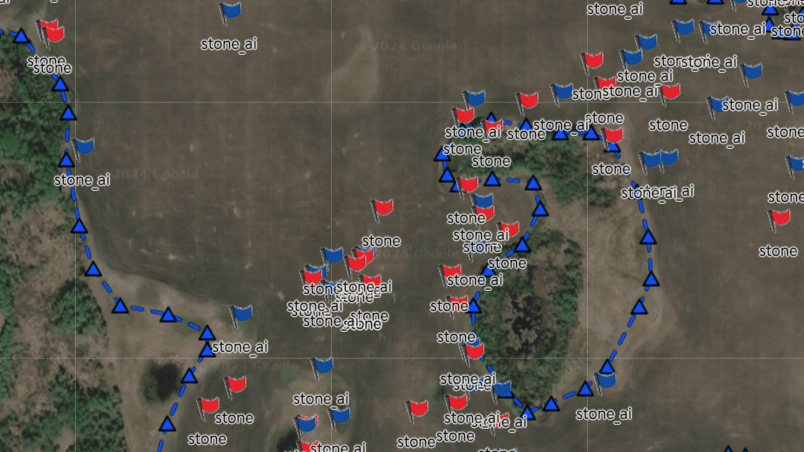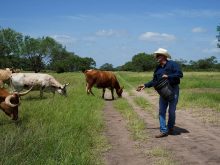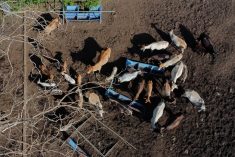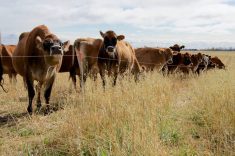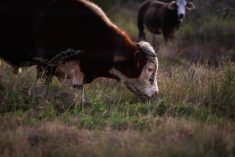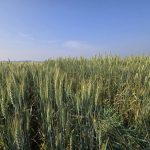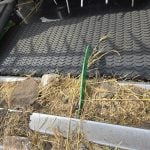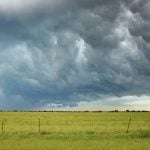RED DEER Ñ Combatting the marsh monster of purple loosestrife has been a 15 year battle for those who fight weeds every summer.
Each year, volunteers and weed control staff from municipalities travel the Bow River in Alberta by canoe. They chart the spread of this plant that has crowded out natural vegetation like cattails and rushes in wetlands.
“In the back channels along the river it will even crowd out the fish if it gets thick enough,” said George Stalker, who leads a program to control noxious weeds in the Bow River basin.
Read Also

U.S. cattle producers fear return of screwworm
Parasitic screwworm flies are pushing northward from Central America again after being officially eradicated from the United States in 1966, threatening $1.8 billion in damage to Texas’ economy alone.
Purple loosestrife removal from riparian areas is a priority, he told the Alberta Invasive Plants Council meeting in Red Deer April 13.
Riparian wetlands make up about two percent of the prairie landscape but provide habitat to 80 percent of its wildlife.
Originally from Eurasia, purple loosestrife, also called lythrum, was a minor part of wetlands there. It probably arrived on ships in northeastern North America nearly 200 years ago. It gained popularity as a garden plant and for honey production. It is found in all Canadian provinces.
One plant is capable of producing 30-50 stems per sq. foot and it can grow to three metres in height. It can release one million seeds per plant. Listed as a noxious weed in Alberta, it has few natural predators.
People have been encouraged to dig it out of their yards and exchange it for new perennials at garden centres. In Alberta, thousands of plants have been exchanged for free perennial replacements from Canmore to Medicine Hat.
Meanwhile the plant with purple flowering spikes continues to appear along watercourses.
The annual survey starts with a scan of riparian areas by helicopter when the plants are in full flower.
“Many previously unknown infestations are found this way,” Stalker said.
Every sighting is plotted on a map, recorded using satellite sighting surveys and added to a database. Volunteers then head out in canoes to start removing plants in creeks, channels and the main river.
Recently, a low dose herbicide was allowed to be sprayed up to one metre from the water’s edge. The decision to use herbicide was reached after years of digging and pulling the plants did not work. A site of 300 plants would take a full day to remove by hand.
The team’s efforts with mechanical removal and herbicide resulted in an 88 percent reduction in plant numbers. The Bow River region has had a 99 percent reduction to 737 plants in 2004 from 101,523 plants in 1999.
Downstream neighbours from Calgary in the municipal districts of Rockyview and Foothills have seen a slight increase, perhaps because of changing wetlands due to drought.
However, there was a dramatic reduction in Wheatland County east of the city. One backwater had more than 100,000 plants in 1999 but the control program had reduced numbers to 242 plants by last year.

